IT was in January that police announced they were bringing a lengthy and complex investigation to a close with the arrest of Gold Coast mother Maree Crabtree, a 51-year-old accused of murdering her adult son and daughter five years apart.
The previous July, Crabtree’s son, Jonathan, 26, was found dead at the family’s Riverstone Crossing home. He’d overdosed on a cocktail of prescription medications, collapsing suddenly while using an iPad. A suicide note was found by his body.
MURDER ACCUSED MUM’S CASE IN COURT
Strangely, Jonathan’s sister had died in similar circumstances.
Five years earlier Crabtree had arranged for funding for her disabled daughter Erin – who required a feeding tube – and the family to go on a 12-day cruise of the Pacific islands.
But at the last minute, Erin was left at home, and the family went without her.
This was 2012, and while the family sailed among tropical islands, a relative found Erin dead in her bed. Police now believe Erin was killed before Crabtree left, fed an overdose of prescription medications like her brother. She was 18.
Her brother’s suicide note, police have alleged, was forged by their mother.
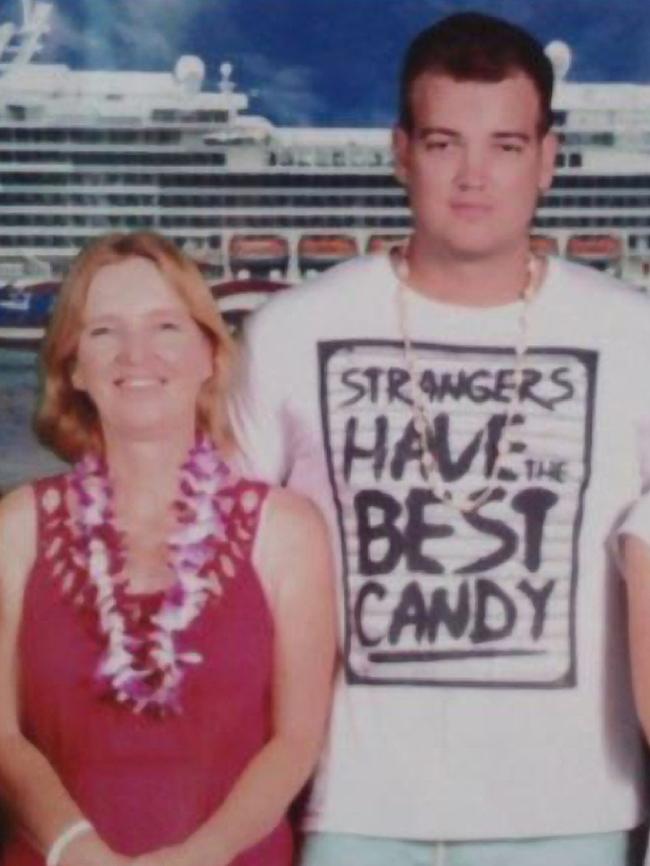
And there was more. Crabtree is also accused of torturing another daughter over several years. Police will allege she fed her children medications, keeping them in a disabled state in order to profit from their disabilities.
When Jonathan died, she received a $125,000 payout. Another amount, $238,800, had earlier been paid for a permanent disability claim Crabtree had made on behalf of her son.
As well as the murder and torture charges, Crabtree is facing two counts of fraud and two counts of attempted fraud. She has also been charged with armed robbery, with police alleging she convinced her son to rob a pharmacy at knifepoint.
“It’s extremely traumatic to us as investigators to see what has happened to these children over an extended period of time,” says Detective Inspector Mark Thompson.
“It was calculated and it was executed with an end goal in mind and we will be alleging that financial gain, a significant financial gain, are the motivators for these crimes.”
Justice for Tiahleigh
In May, a frail-looking Rick Thorburn was led into the dock of the Brisbane Supreme Court, a row of journalists looking on, several rows of grieving relatives glaring on.
For the first time since Thorburn’s 12-year-old foster daughter disappeared from his home, a court was told of the callousness of the young girl’s death.
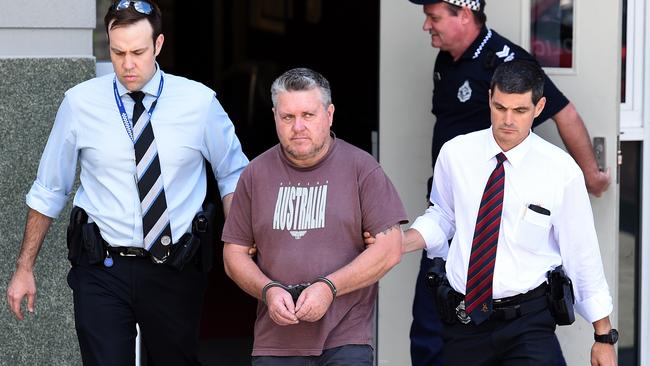
Tiahleigh Palmer was reported missing in 2015, her foster father telling police he’d dropped her at the school gate in the morning. She’d not made it to school that day and she hadn’t come home.
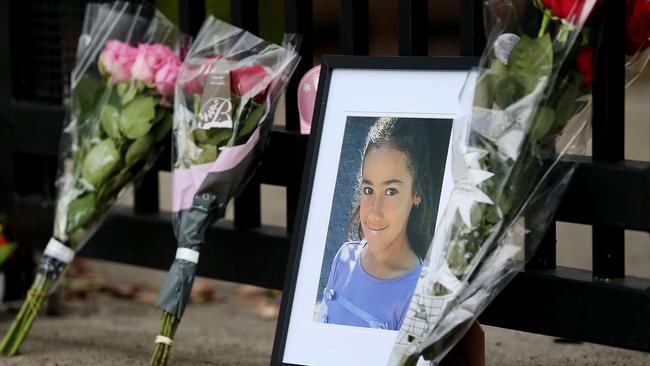
For days, Thorburn and his wife Julene pretended to look for her. They drove Tiahleigh’s frantic mother, Cindy Palmer, to places they thought she might be.
But all the while, Tiahleigh’s body lay on the banks of the Pimpama River. Thorburn, a court heard this year, had murdered her after discovering his son Trent, then aged 18, had molested her.
He’d killed her, stripped her down to her torn underwear and left her head first in the river, telling his family to lie about what had happened.
SPECIAL INVESTIGATION:
SICK GAME PLAYED OUT OVER SIX GRIM DAYS
INVESTIGATORS CAST NET FOR CLUES
TIA LIVED AND DIED IN CARE OF A SAVAGE
KILLER FINALLY BROUGHT TO JUSTICE
“You murdered this defenceless child who relied upon you for protection, protection she could not receive from her own mother, and you did so in order to save one of your own children from the consequences of his actions,” Justice David Boddice said, sentencing Thorburn to life in prison.
“What you had done was take the child’s body to a secluded area near a river bank in Pimpama. You left her there, largely unclothed with her head and arms partially submerged. You showed no respect for her, even in death.”
Body in a barrel
For 28 hours, uniformed police and highly trained Special Emergency Response Team officers kept a holiday complex on the Sunshine Coast surrounded.
Inside was a man named Zlatko Sikorsky, who for hours had been shouting “I just don’t want to get shot” as negotiators attempted to secure his surrender.
Larissa Beilby was reported missing on June 26. By then, it had been about two weeks since she was last seen leaving transitional accommodation in Sandgate.

She hadn’t known Sikorsky long. It’s believed she’d met him at a party.
Police did the usual checks for any activity on her phone or bank accounts. And they saw her bank card had been used at a McDonald’s.
FAMILY AND FRIENDS REMEMBER LARISSA’S LIFE
ZLATKO SIKORSKY CHARGED WITH MURDER
CCTV footage led police to track a black ute to a property at Buccan, where they knocked on the door intending to ask about the missing teen.
But instead, Sikorsky allegedly took off out the back door, driving away in the ute.
They found the vehicle a little later, dumped in Stapylton. A barrel had been loaded onto the utility’s rear tray. Horrifically, when police looked inside, they found Larissa’s badly beaten body.
They found Sikorsky on June 29, tracking him to the Sunshine Coast holiday haven of Alexandra Headland. SERT officers took up positions in nearby apartments, snipers set up on rooftops.
Eventually, Sikorksy came out. He was charged with murder.
Mason Lee
In August, two years after the battered body of a little boy was tossed over a fence to waiting paramedics, William Andrew O’Sullivan finally admitted he caused the injuries that killed Mason Lee.
But despite this, a judge would sentence him for manslaughter and child cruelty to nine years, with a non-parole period of six.
That sentence is now being appealed by Attorney-General Yvette D’Ath, who found it to be manifestly inadequate.
STEPFATHER SENTENCED TO NINE YEARS IN JAIL
MASON LEE SENTENCE TO BE APPEALED
O’Sullivan finally admitted to punching the little boy in the abdomen so hard his intestines ruptured. He then refused to get him medical help as he slowly died over a matter of days.
Instead, he yelled at the little boy to “shut up” as he cried and vomited, his organs shutting down.
After being charged over Mason’s death, O’Sullivan tried to blame the injuries on another young child, describing them as being like a “serial killer”.
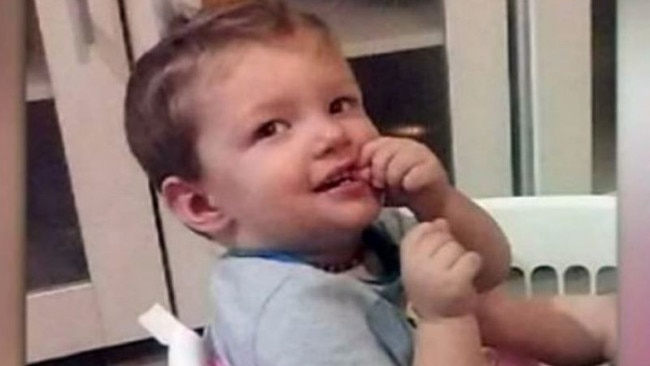
An autopsy found Mason’s body was covered in injuries. Ruptured intestine. Fractured coccyx. Bruises on his face and body consistent with being forcefully pushed. Separation of his scalp tissue, as though his hair had been pulled, hard. Traces of methyl amphetamine in his system.
Months earlier those supposed to be caring for him had left him without medical treatment for a broken leg. He’d eventually been admitted to hospital with the worst perianal injuries a paediatrician had seen in his 40 years as a doctor. He had cellulitis so severe he’d needed a blood transfusion. Mason Lee’s short life had been filled with pain and neglect.
“Mason was about 22 months old when he died – he was a defenceless toddler and you seem to have taken out your anger and frustration against him by the assault which caused the fatal injuries,” Chief Justice Holmes said in sentencing.
“He also suffered some other non-lethal injuries with which you are not charged, their only relevance is to show that in the period over which his life was ebbing he was not treated with any gentleness or kindness.
“Worse, you did nothing to help get help for him despite what must have been his evident distress. The cruelty offence sets the scene for the kind of life the little boy had it seems to have been one of neglect pain and misery.”
Strawberry contamination
It started, as many things do, with a Facebook post. Two young men had stopped into a supermarket north of Brisbane where one had bought a punnet of strawberries.
Inside one strawberry was part of a sewing needle. Then, in the days that followed, more needles were found in other parts of Queensland. The public had to be warned. That was in September.
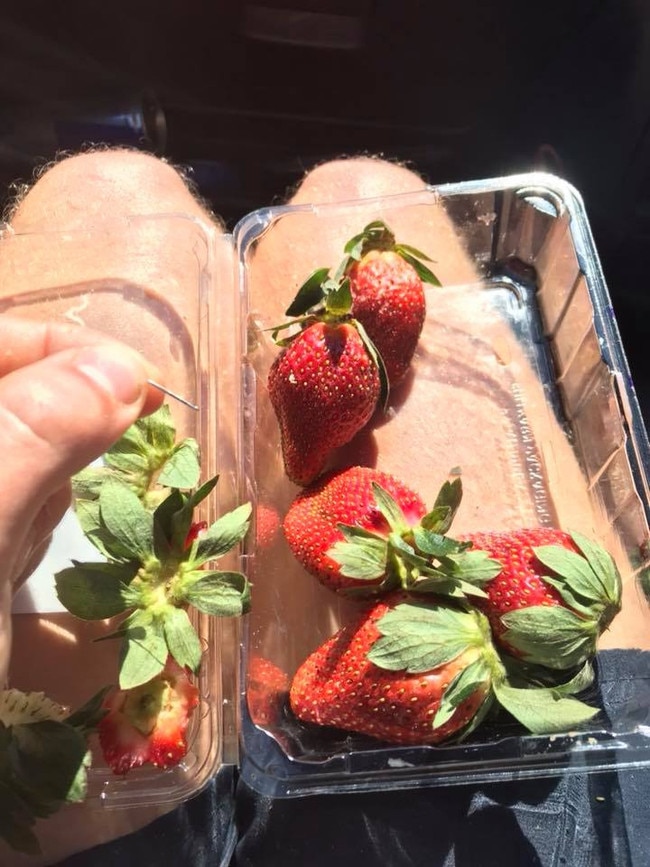
Media coverage of public health warnings appeared to spark copycat incidents and soon the number of pins and needles found in fruit around the country numbered in their hundreds.
The damage to the strawberry industry was swift and severe. Shocking pictures emerged of growers dumping truckloads of strawberries in the bush. Mountains of red against the Australian landscape. Workers were laid off.
An enormous team of detectives was tasked to investigate what was thought to be deliberate acts of sabotage.
Then, in November, they made an arrest.
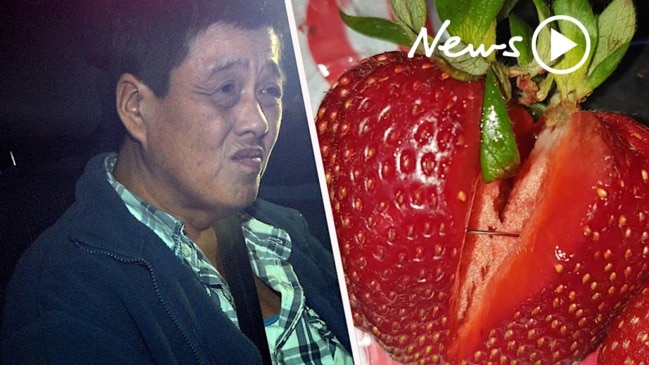
HOW THE STRAWBERRY SABOTAGE SAGA UNFOLDED
GROWERS FEELING PAIN OF STRAWBERRY SABOTAGE
My Ut Trinh, 50, a strawberry picking manager from Caboolture, was accused of deliberately contaminating berries at the farm where she worked.
She is alleged to have done it out of “spite” towards her employer over a disagreement over the paying of a speeding fine.
The case against Trinh includes strong DNA evidence, a court hearing was told, as well as evidence from co-workers about a comment Trinh made some time earlier.
“If I hate anyone, I will put the needle in the strawberry and make them go bankrupt,” Trinh was alleged to have said.
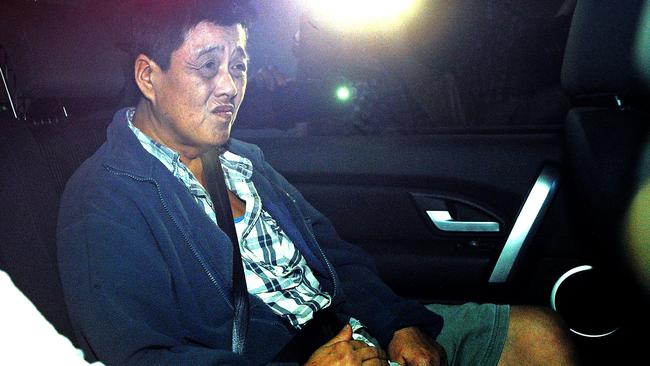
Her lawyer said the comment was said in “fun” and “didn’t mean anything”.
The months-long investigation was described as “unprecedented” by Detective Superintendent Jon Wacker from the Drug and Serious Crime Group.
“This has probably being one of the most trying investigations that I’ve been part of … we’ve worked tirelessly,” he said.
“It’s fairly a unique investigation with virtually the whole of State Crime Command (involved) … impacting virtually every state and jurisdiction in Australia.”
Who killed Toyah?
There’s a stretch of beach in tropical far north Queensland between Cairns and Port Douglas.
It was here that 24-year-old pharmacy assistant and animal lover Toyah Cordingley liked to walk her dog.
On October 21, she went for a walk and did not return. She was reported missing by her boyfriend and the following morning a search party set out along the sand to find her.
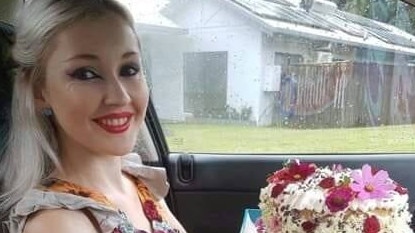
Toyah’s body was found by her father. She’d met a violent, terrible end. Her dog had been left tied to a tree. Homicide detectives were engaged to assist local police in finding her killer.
DETECTIVES RETRACE TOYAH’S LAST STEPS
DAD’S HEARTFELT TRIBUTE TO TOYAH
Investigators appealed for witnesses to come forward. They pulled vision from CCTV cameras around the area. They pleaded for the drivers of cars passing through certain intersections to contact them. They released images of Toyah visiting a local market before her walk.
Then, more recently, it was revealed a person of interest had fled overseas. Innisfail nurse Rajwinder Singh had left for India on the night of Toyah’s death.
It is understood his own family had reported him missing in the days before the murder.
“Information provided to us by the public is absolutely vital in moving forward with this investigation and we urging members of the community to continue helping us,” Detective Inspector Sonia Smith said at an earlier press conference.
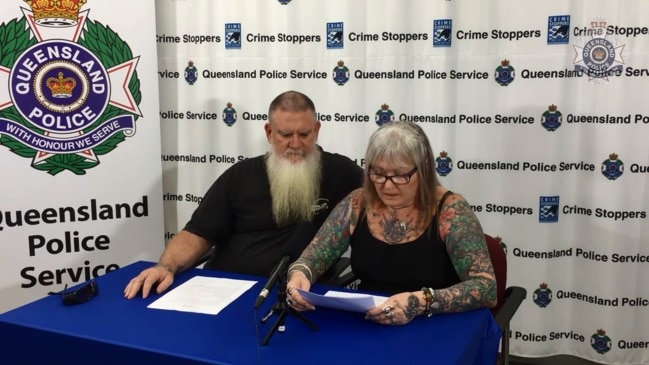

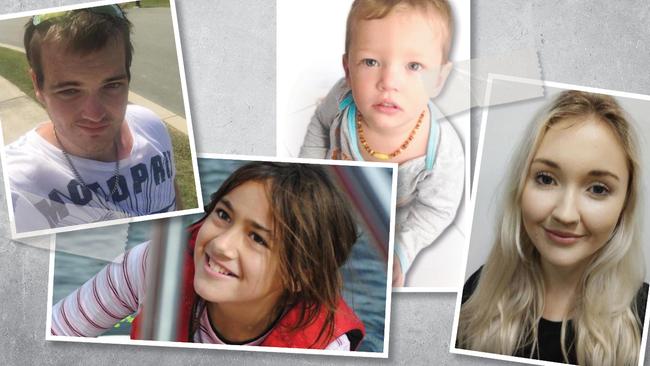
Shock link between UK child killer and Aussie bishop stabbing
The teen who murdered three little girls at a Taylor Swift-themed dance class in England had searched for material on the stabbing of a Sydney bishop.
New law to block legal challenge to AN0M sting
New laws will prevent any legal challenge to one of Australia’s most successful covert stings in organised crime using the encrypted AN0M application.